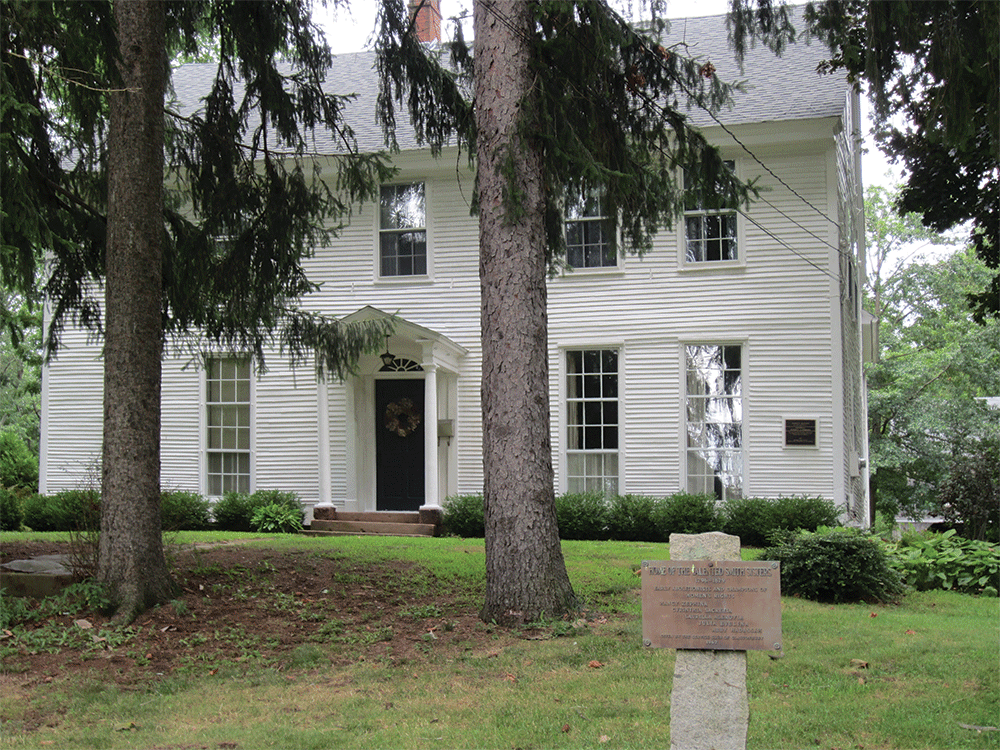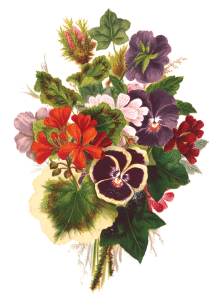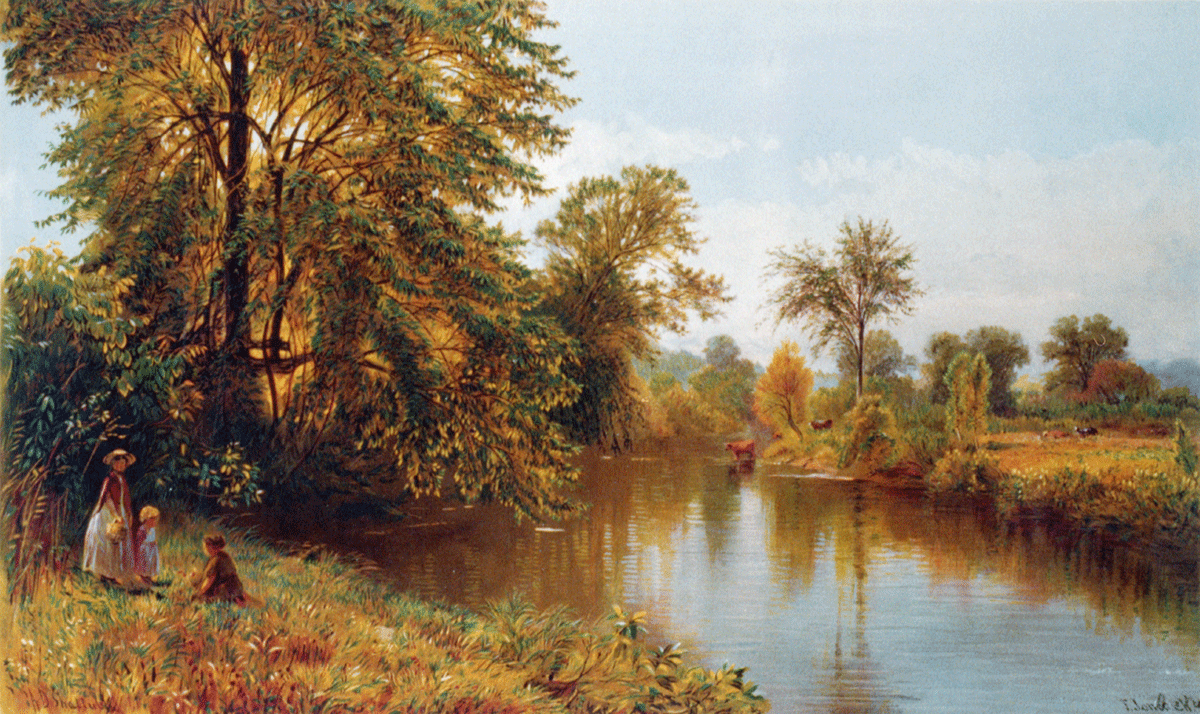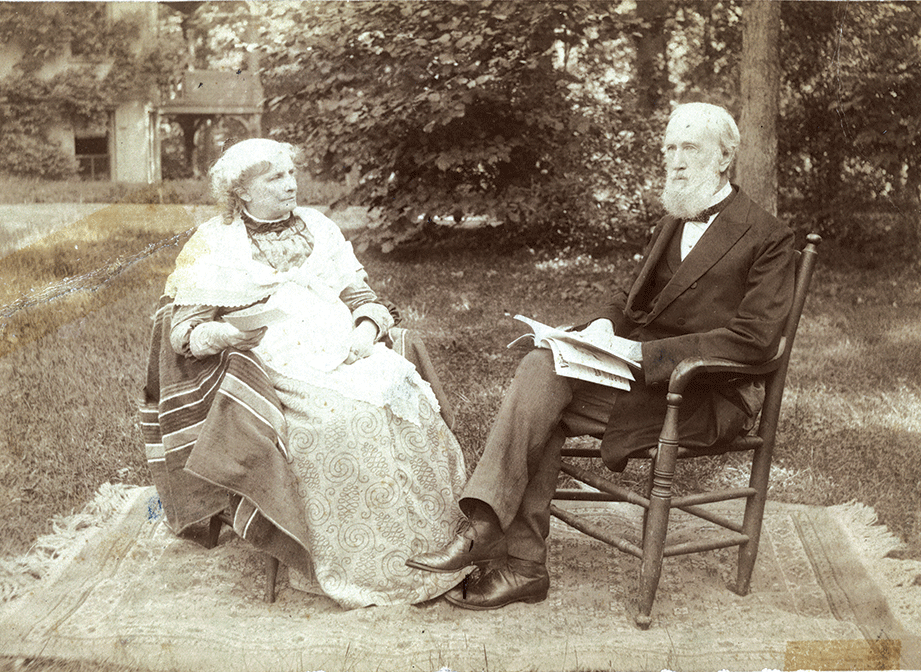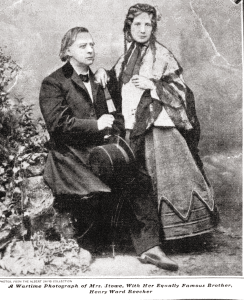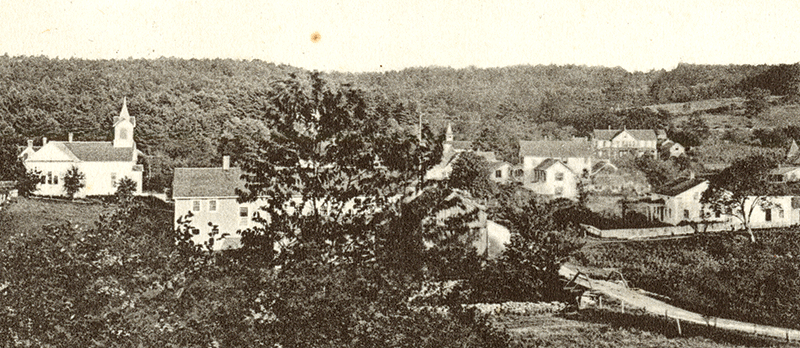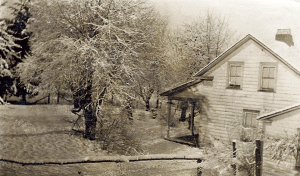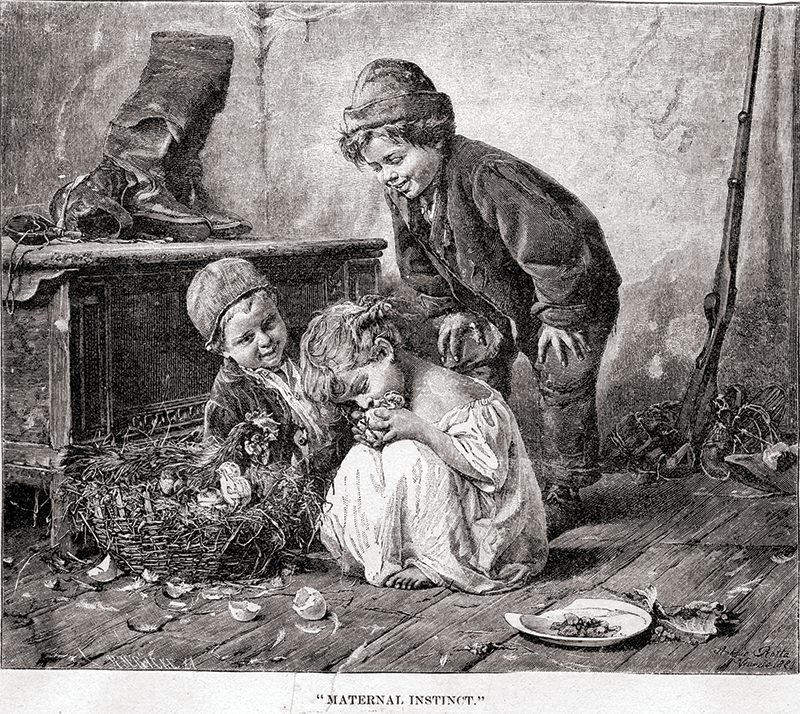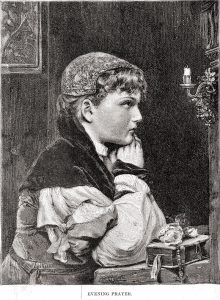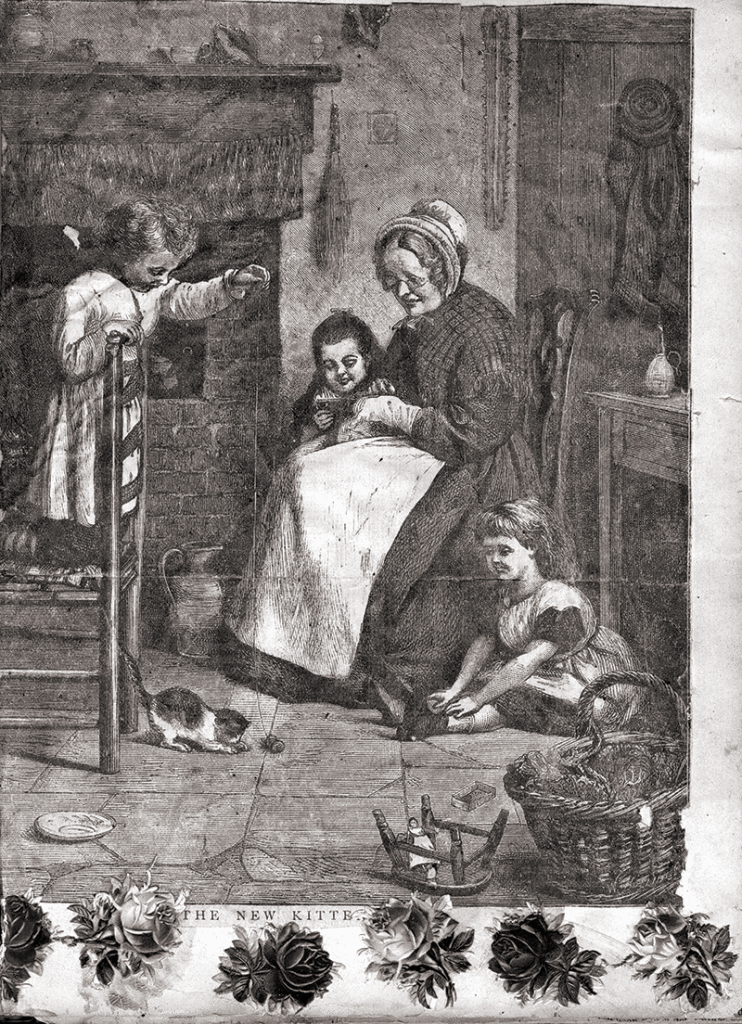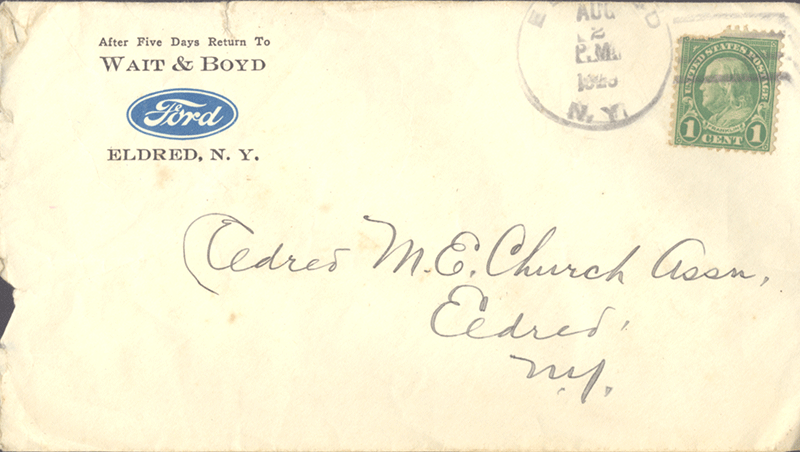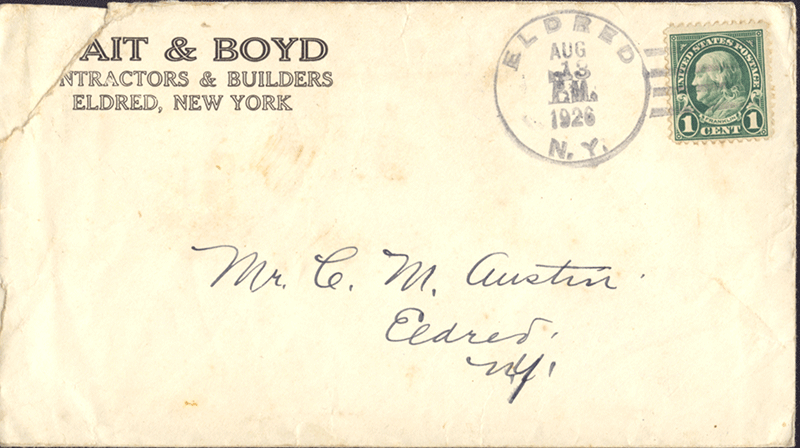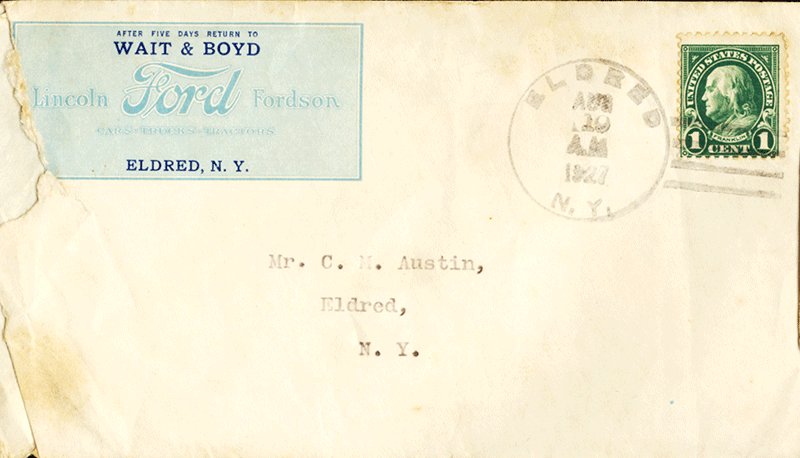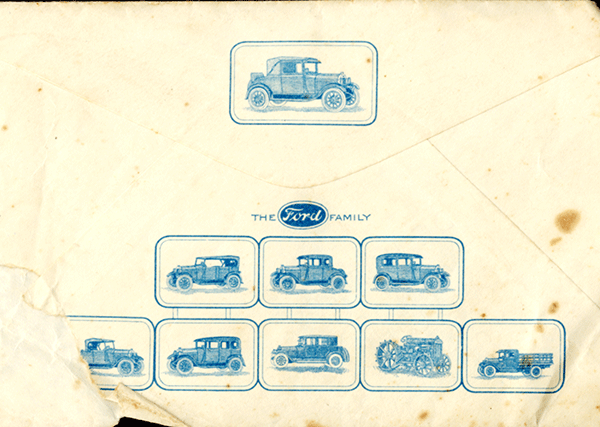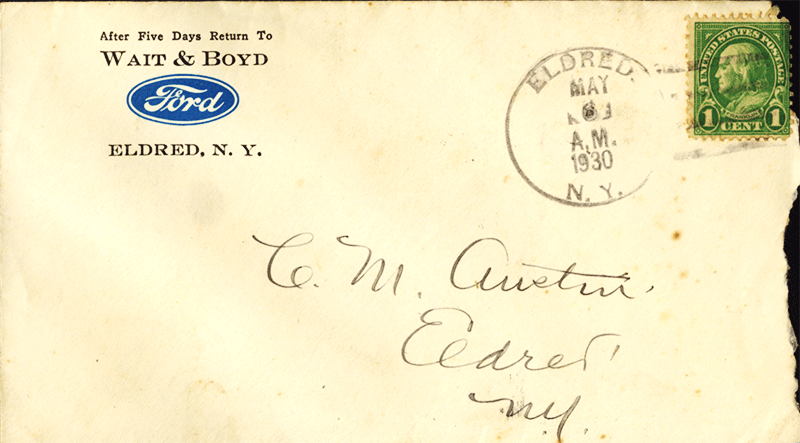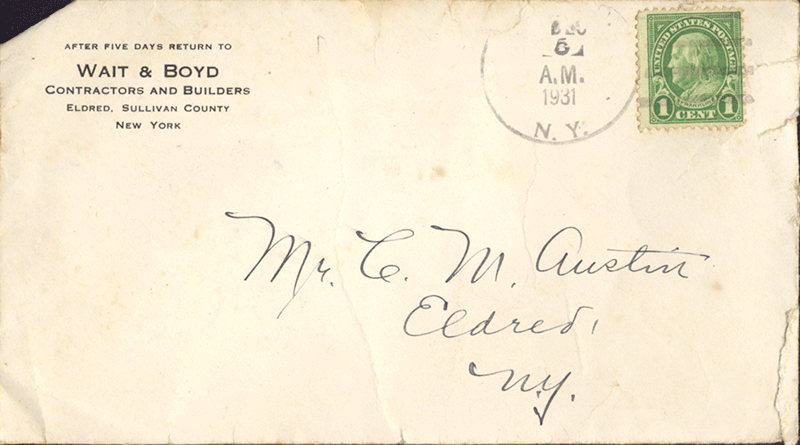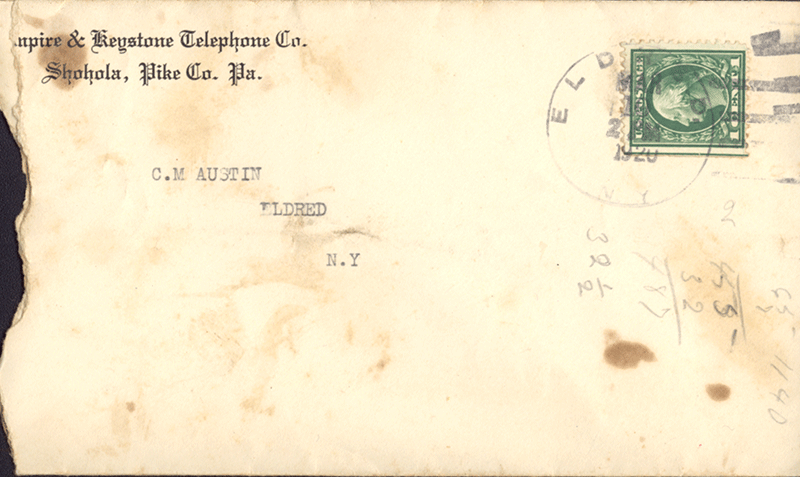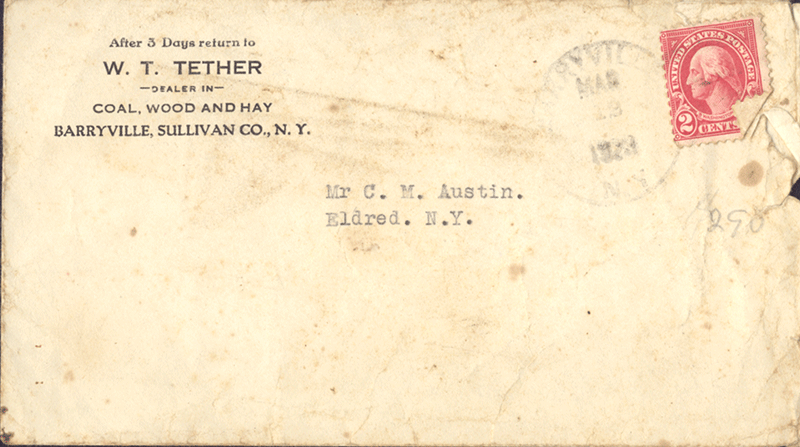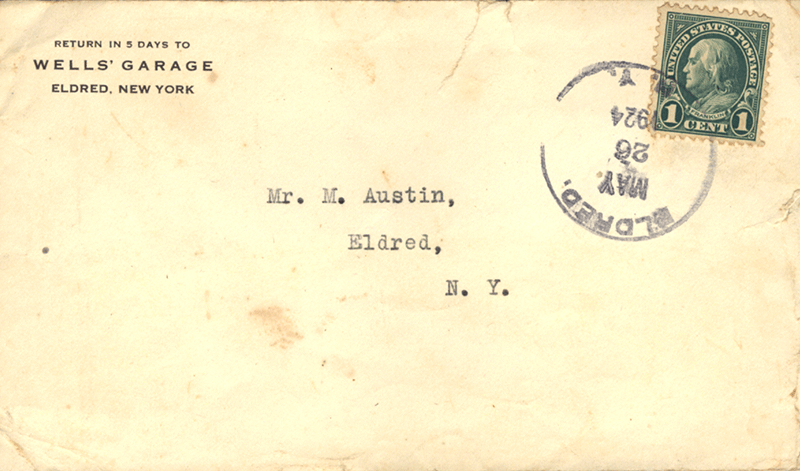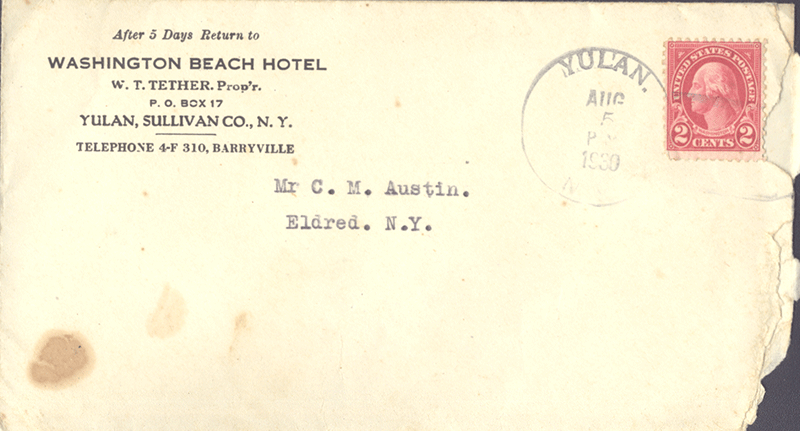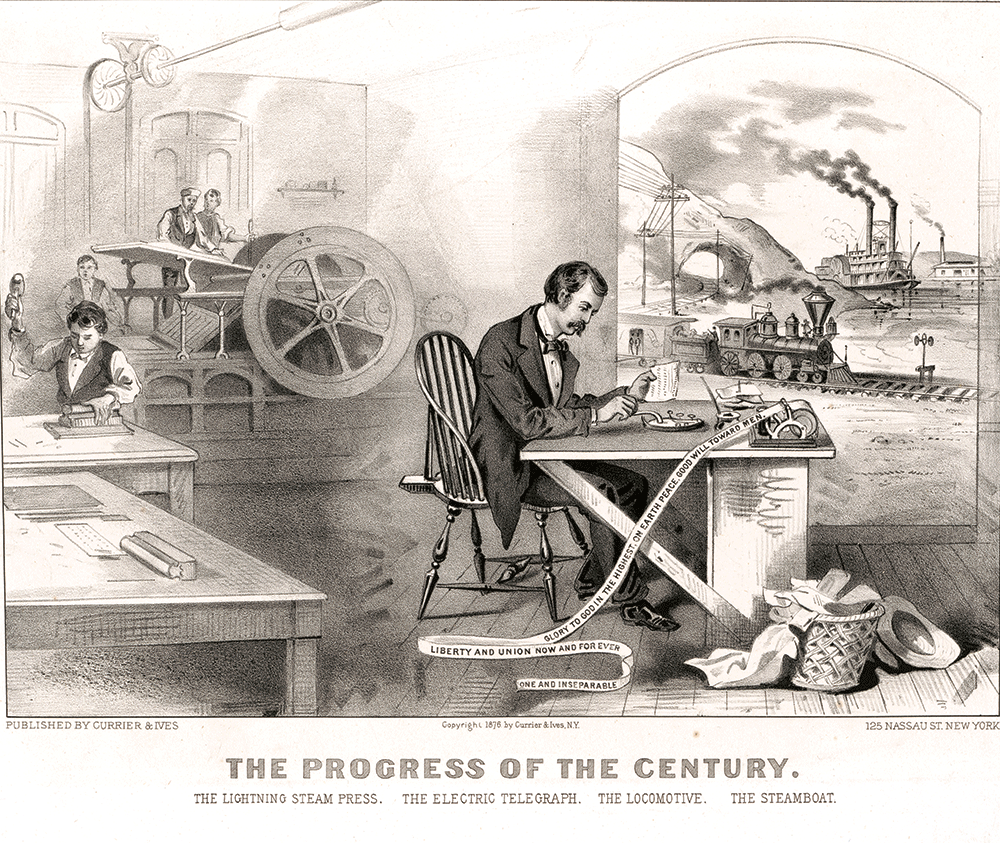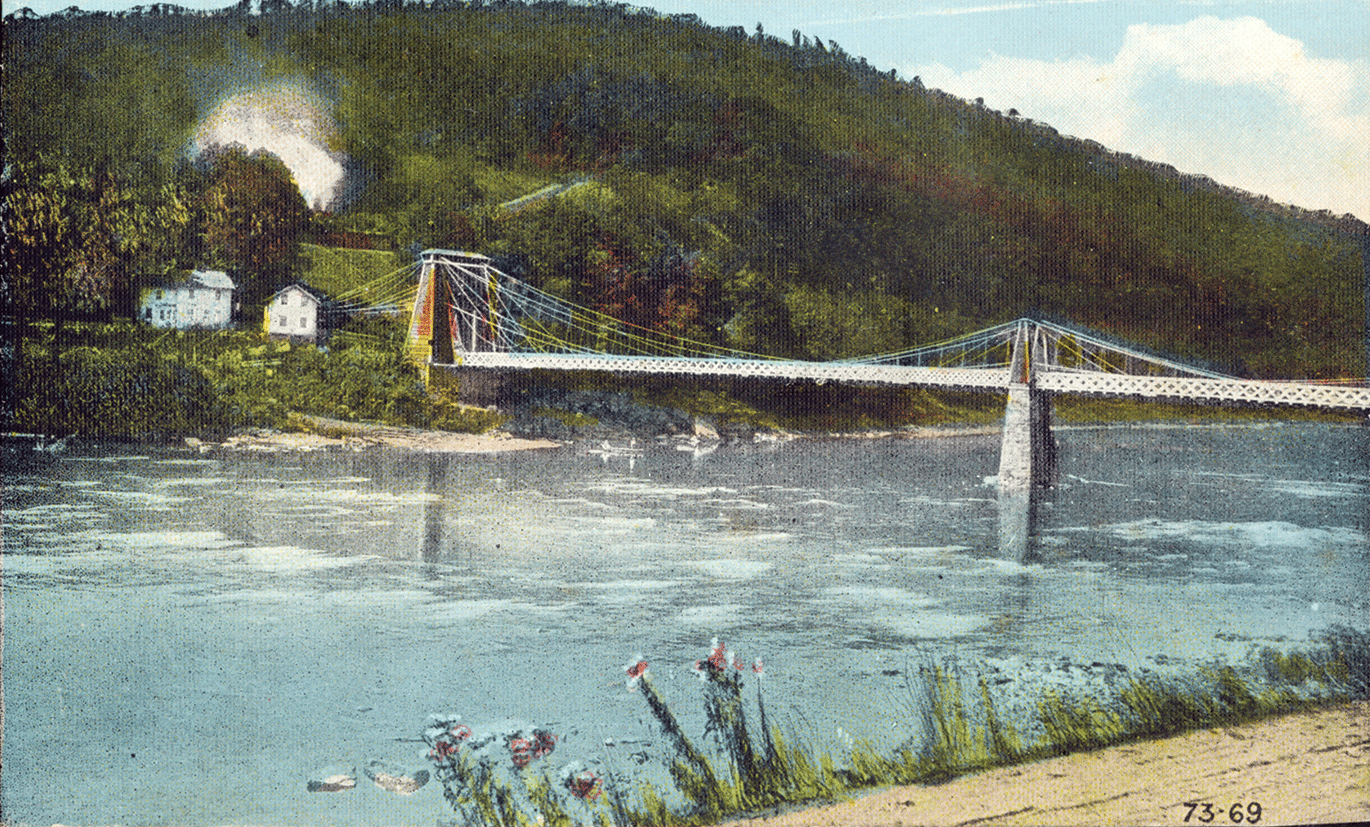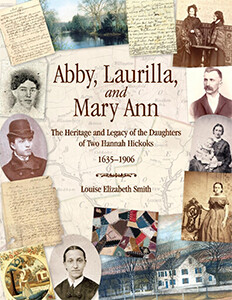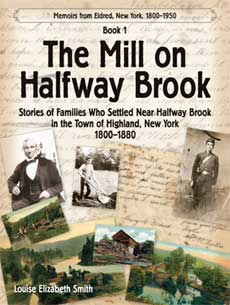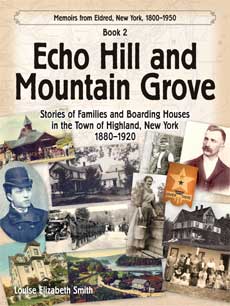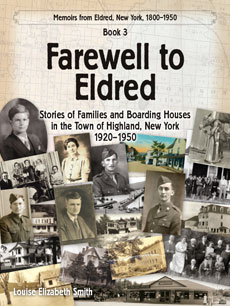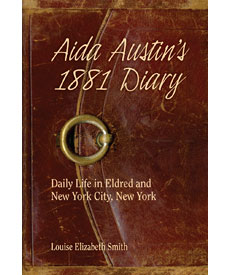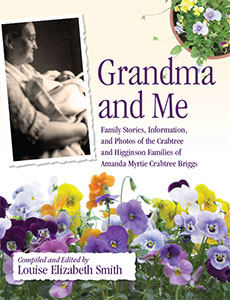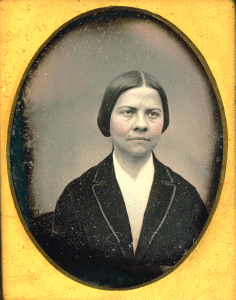
On October 15, 1873, almost a year since the $100 tax increase, Abby Smith attended a Woman’s Congress in New York City with Frances Ellen Burr. The main national suffrage leaders there included Elizabeth Cady Stanton, Lucy Stone, her husband Henry Blackwell, and Julia Ward Howe.
No Speaking at this Time
When Abby returned from New York, she convinced Julia to go with her to their Town Hall to defend their rights. “The men will listen, see our point, and even apologize, the best way they can.”
But later that October, when Abby requested time to speak, the men made a rule that there should be no speaking at that time. “A faint heart never won a fair lady,” said Abby who was rarely discouraged, and tried again in November.
Tax Collection Time
At sunset Monday, November 3, 1873, the new tax collector George Andrews dropped by the Smith home to collect taxes. The sisters told Mr. Andrews that they first wanted to ask the town if they would allow them to vote.
What Rightfully Belongs to Every Human Being
On Wednesday, November 5, 1873 Abby, age seventy-six, who thought “everyone in the town friendly,” spoke to the men at Glastenbury’s Town Hall. It was the first speech she had ever given.
“You have the power over our property to take it from us whenever you choose…” Abby said. “Is it unreasonable” for “the town to put us on an equality with these men…God is a God of justice; men and women stand alike in his sight. He has but one law for both…
“And here where liberty is so highly extolled…one-half the inhabitants are…ruled over by the other half, who can by their own laws, not hers, take from the other half all they possess…”
Though the men treated Abby and Julia “with much respect” and applauded, they were silent when Abby stopped speaking. The sisters didn’t know what the men thought. Abby’s speech was published in the Hartford Courant.
When Collector Andrews called a second time to collect the sisters’ taxes, Julia and Abby told him they were waiting to hear what the town had to say after Abby’s speech. Mr. Andrews left and said he would call again.
—Abby, Laurilla, and Mary Ann, pp. 214–216. Continue reading

